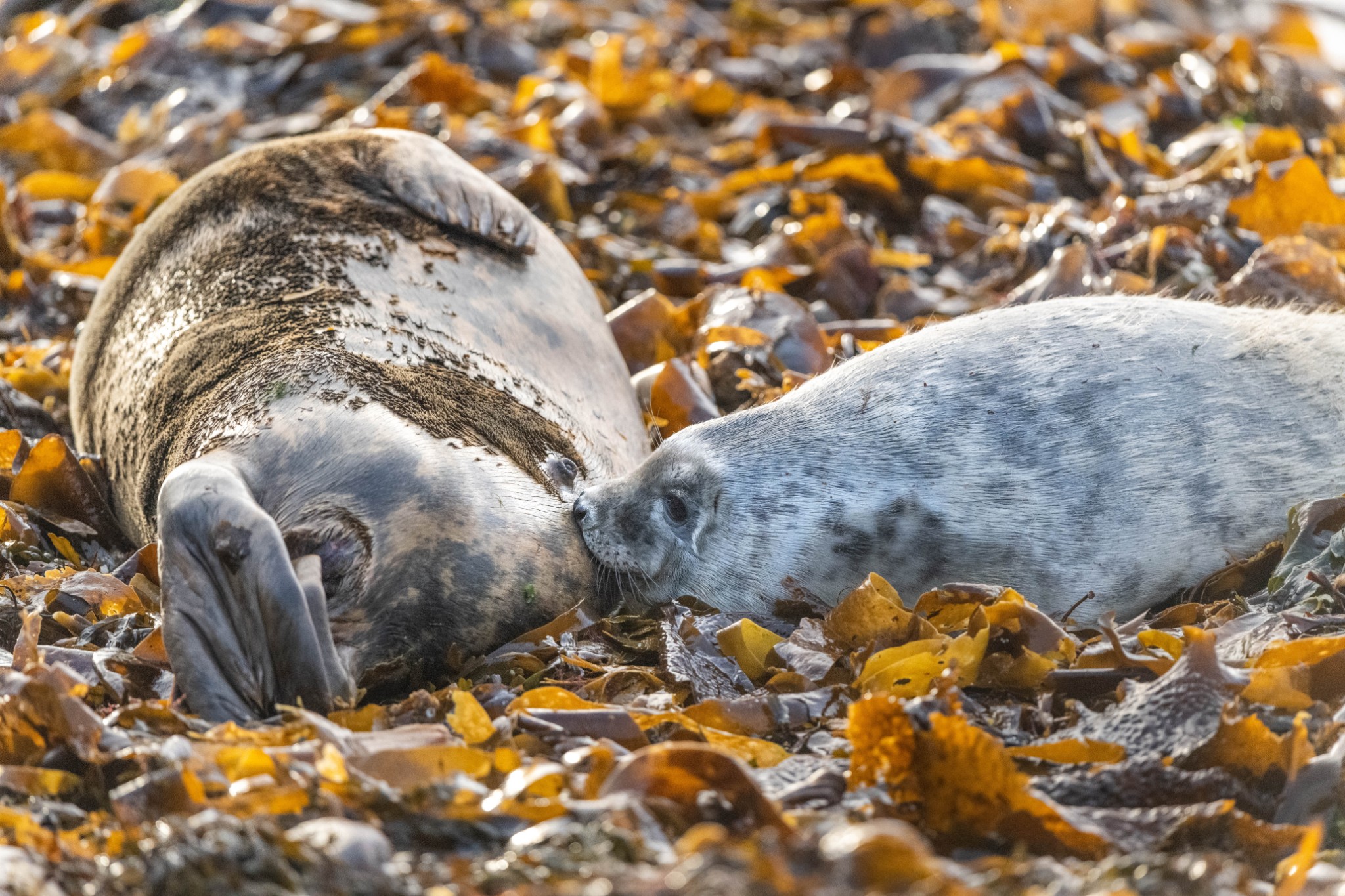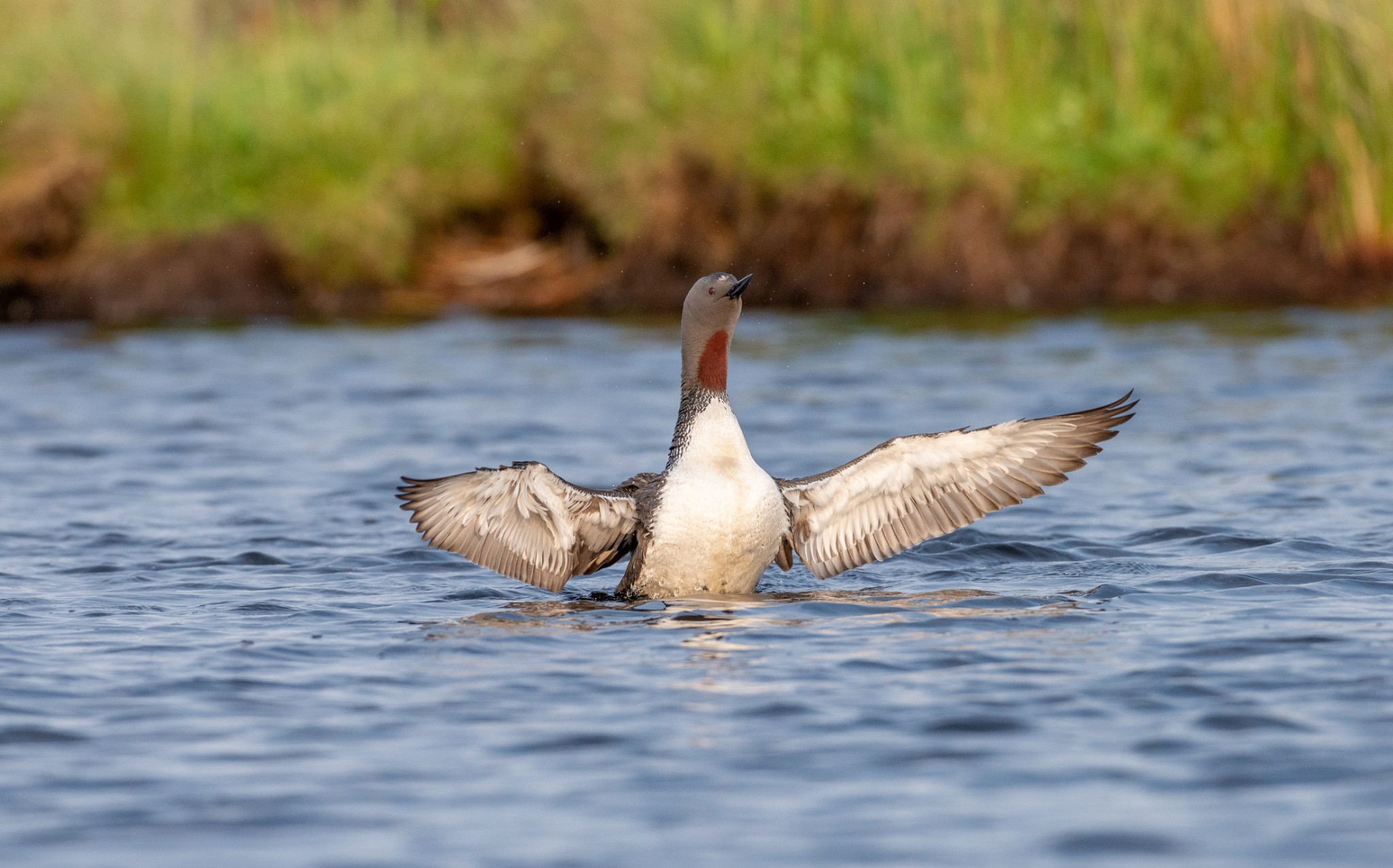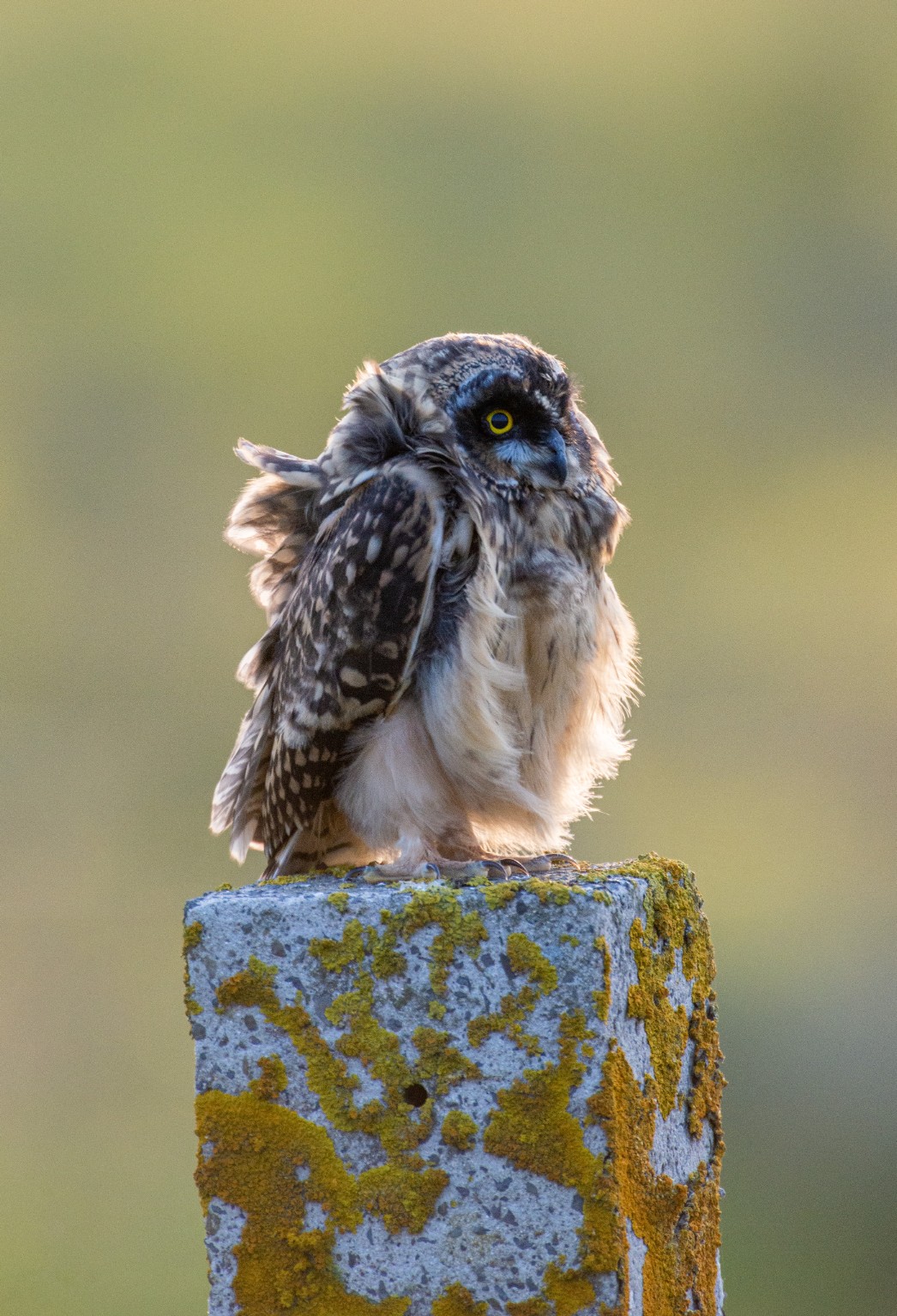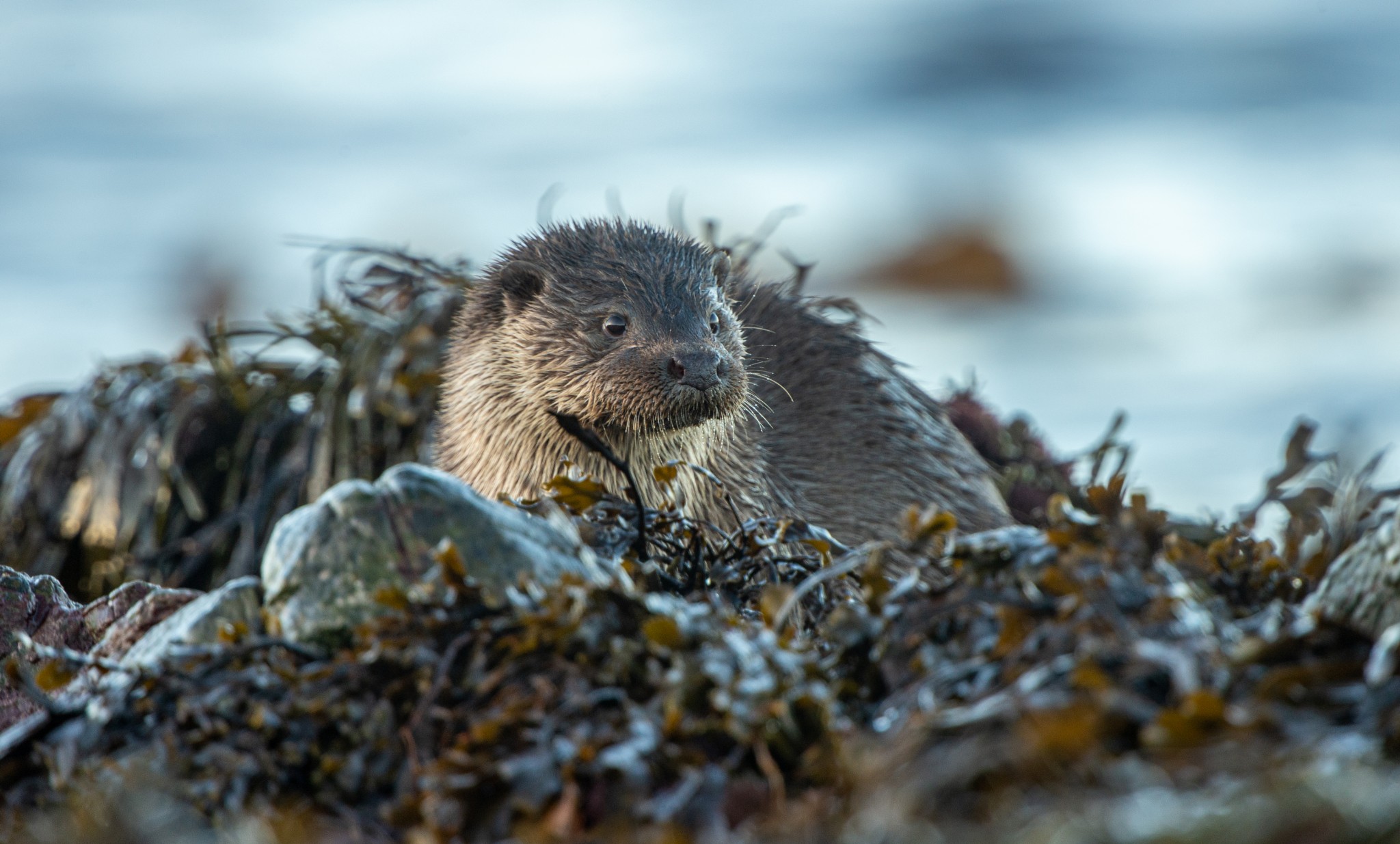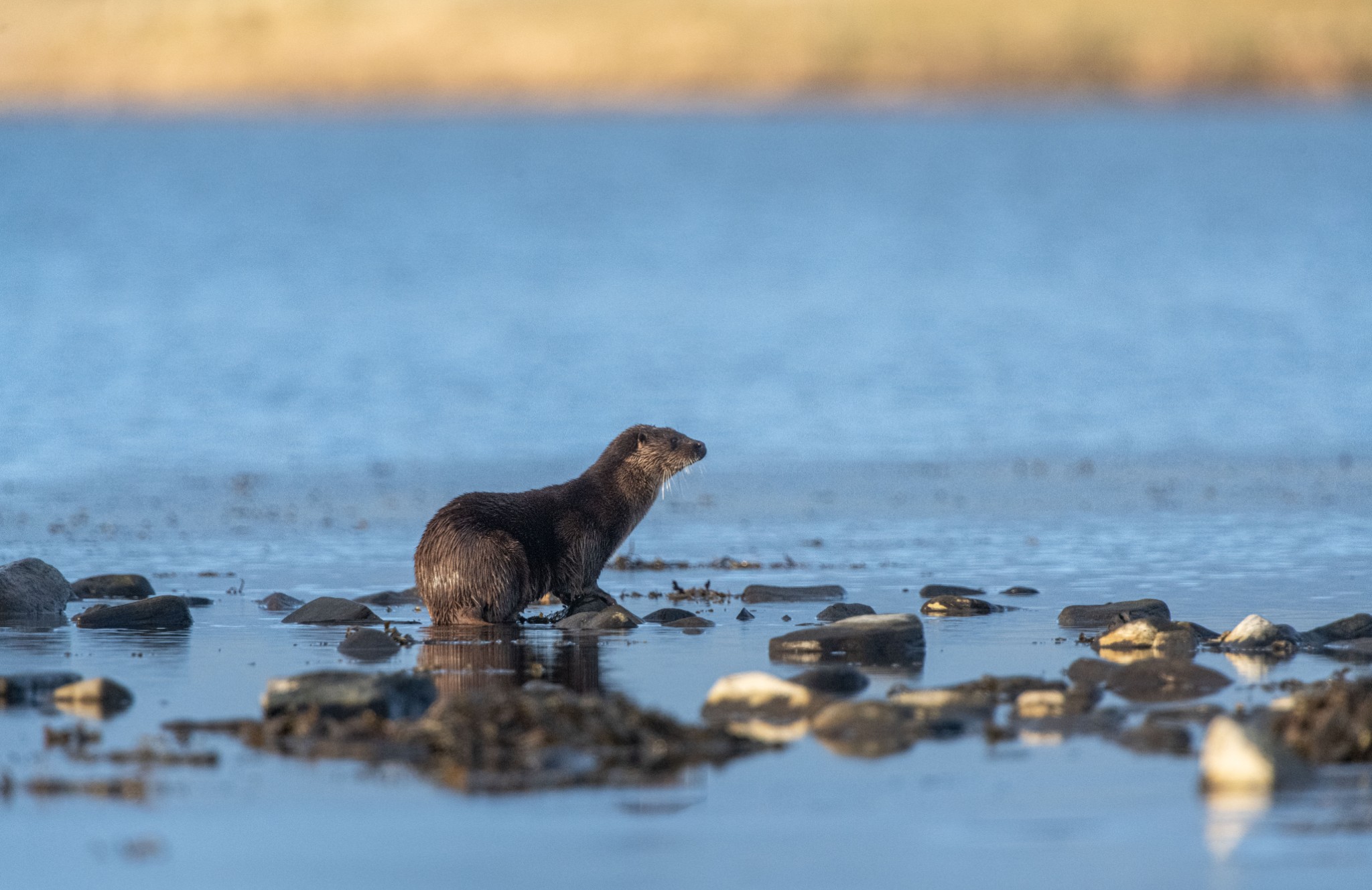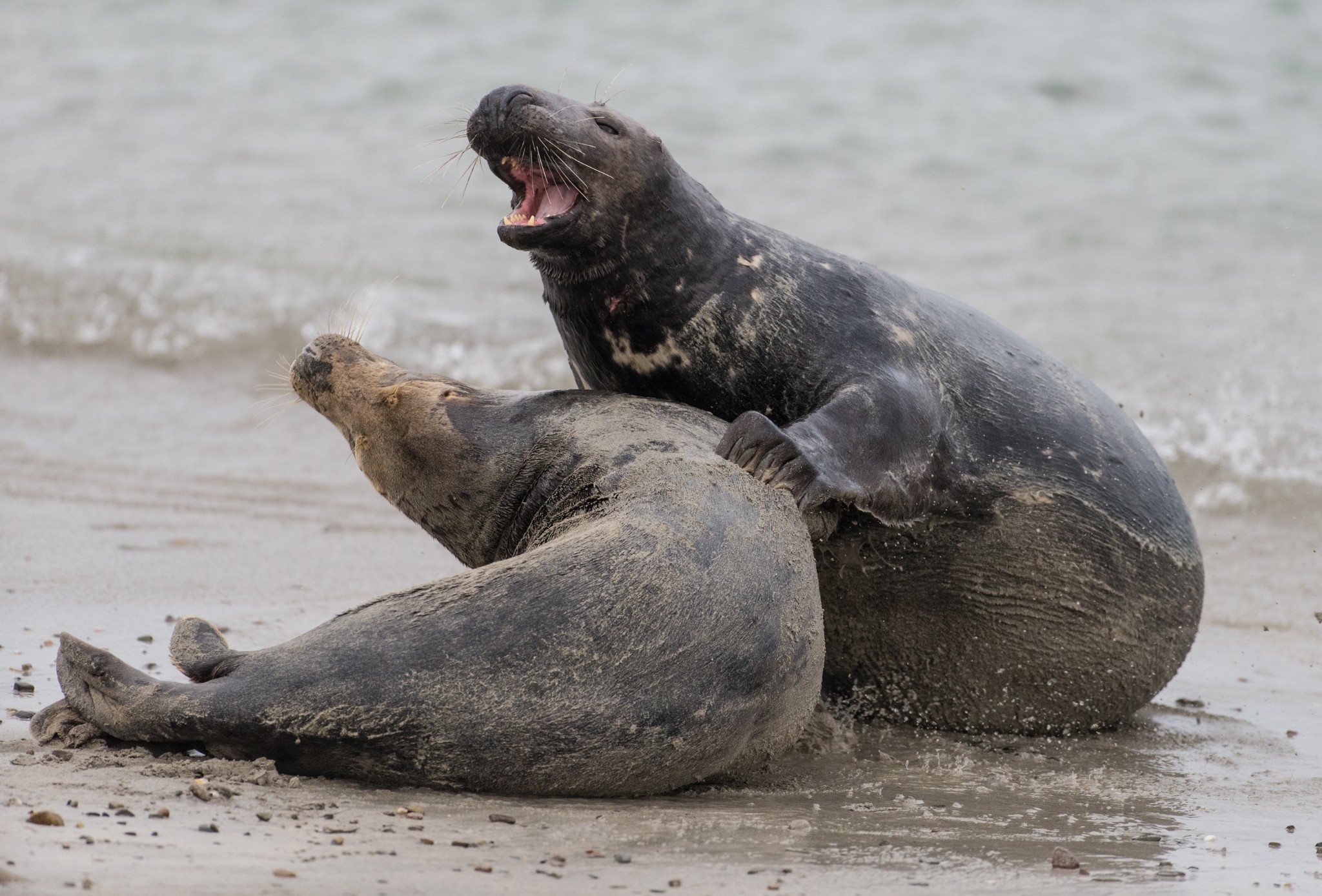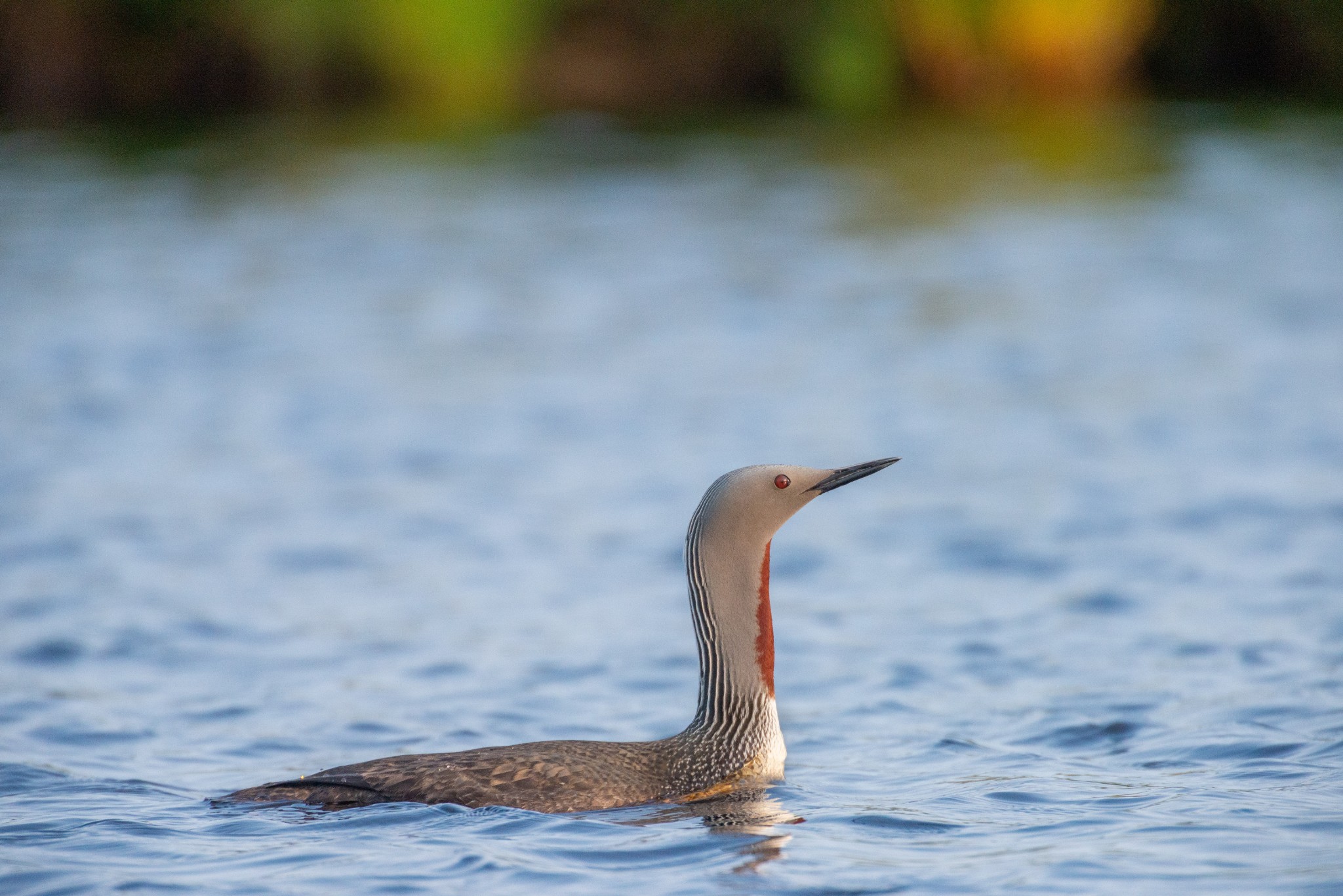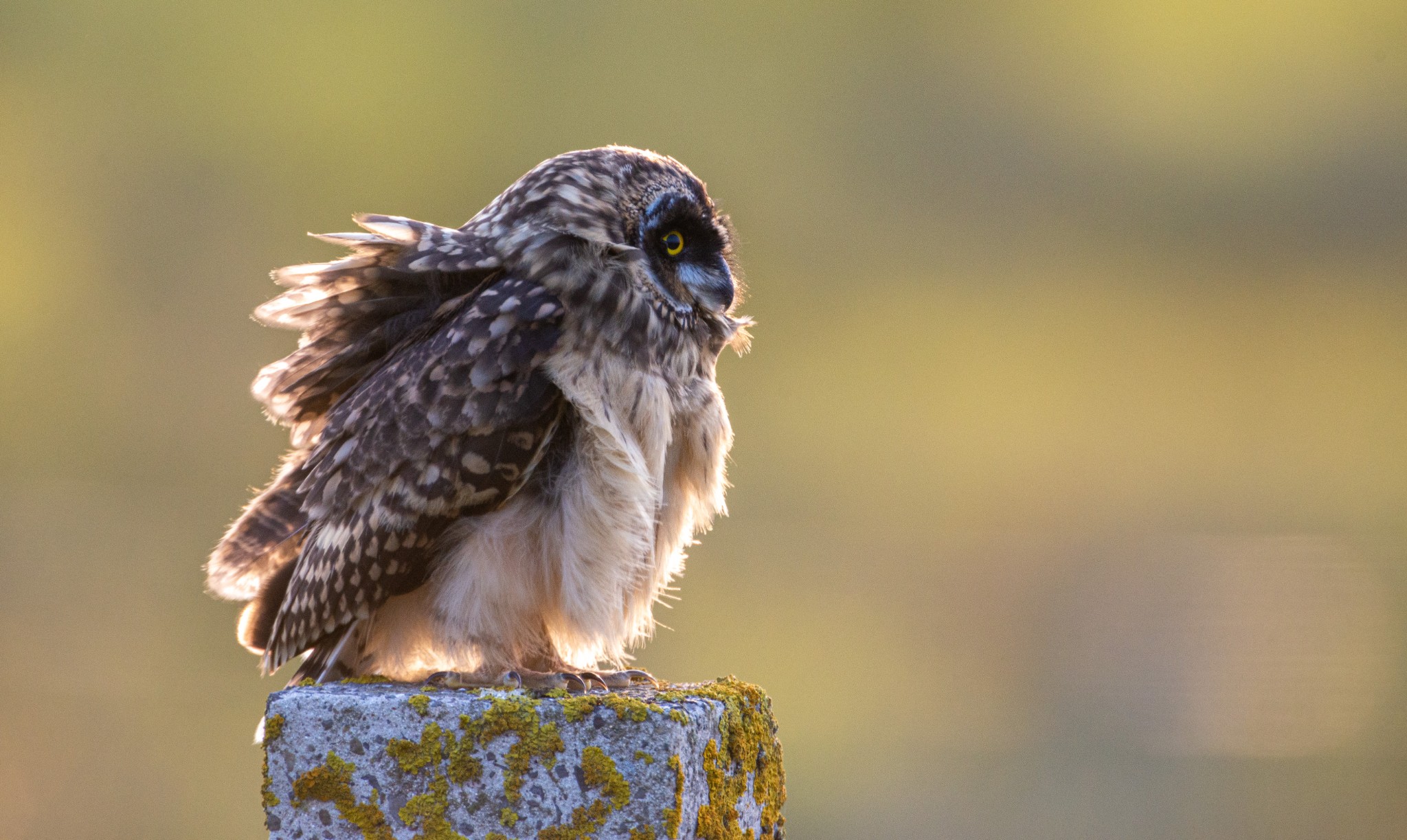I’m going to dive straight into the deep end this month and focus on a topic that isn’t discussed very much but one that I think is important to talk about freely.
I’ve been a photographer for the best part of 25 years and a wildlife cameraman for 12 of those but I thought long and hard about the best way to present this, essentially ‘how do I navigate here without this sounding like a sermon!’
I’m going to tackle the slightly thorny issue of disturbance, specifically the disturbance of wildlife whilst out taking photographs.
Hopefully with those years of experience I can impart a little knowledge that will help you take better images and more importantly do it in a way that allows the creatures we are interested in to carry on as if we weren’t even there.
Of course, ‘disturbance’ comes in all shapes and sizes and you could bring it to the ‘nth’ degree, like walking a dog at the beach, or opening your back door and a woodpigeon flying off. It could get a bit silly, not to mention fraught, so I’ll stick to how we can best avoid disturbance whilst applying some good practice.
I’ll speak specifically about Orkney but of course the skills and ethos can be applied to anywhere else. Discussing it at all implies there is some kind of problem to be addressed and it’s worth taking a wider look at the issues in order to keep it in context without being a killjoy!
Wildlife photography is supremely popular now and brings joy to many people, whether that’s viewing the images of others or out pressing the shutter yourself. Cost isn’t so much of a barrier these days, a camera at the lower end of the scale combined with a good telephoto zoom lens is capable of producing excellent quality results. The big change with the advent of digital photography however is the multitude of social media platforms available for people to show their images on.
I very much enjoy looking at social media platforms; seeing a local patch being covered, and how the birds and plants might change through the seasons can be fascinating. For me, as well as being my livelihood, filming or photographing wildlife fulfils a creative need but really, it’s the observation of animal behaviour that interests me.
I would be lying though if I said I didn’t enjoy a ‘like’ or two like everyone else, but where problems do arise I think is where social media drives the taking of images. I do look sometimes and think ‘hmm, that animal looks a bit stressed’ and that with a little bit more care that could have been avoided, but in general I don’t think the disturbance is deliberate.
There is nothing wrong with being savvy on social media. If someone asks the best place to photograph a sensitive species such as a red throated diver on an open forum then this is a bit of a red flag for me, or at least an amber on the traffic lights. I don’t know if it’s just good manners not wanting to appear rude but not giving out specific locations openly to someone you don’t know isn’t being rude, it’s very much the opposite, its being responsible.
That’s not to say you can’t talk directly and be helpful if you can, I’ve done this in the past and built-up friendships with people who want to experience the wonderful wildlife here.
I’m very lucky that when I’m shooting on location I’m often accompanied or have access to local experts, whether that’s a scientist, or a guide with a huge depth of knowledge to tap into. So, in some regards I’m already one step ahead and that gained knowledge can be the difference between me getting the footage or not. Essentially, what I’m after is natural behaviour and the likelihood of me getting that is much reduced If I’m disturbing the creature. Advantage or not, the ‘rules’ apply to me as much as anyone, though I don’t like to think of it as rules as such, more a mindset, and that mindset starts with thinking ‘the welfare of the animal always comes first’.
For me it’s a really simple statement to come back to If I’m ever in doubt, grounding even.
What I do generally have on my side though is time. There used to be a bit of snobbery around where amateur photographers were referred to as ‘gear rich, time poor’ and so those who were time poor gravitated towards the ‘set up’ hide scene, paying money to photograph red squirrels or pine martens for example. I see nothing wrong with this, you know to an extent that you’re likely to have a good and fun experience. With the standard of photography so high these days I think that amateur/professional line is a bit blurry and not that useful in this context. What matters is good practice and bad practice.
What I think a lack of time does though is make it hard to build up field experience. By that I mean the knowledge you gain just by observing wildlife by spending time outdoors over extended periods of time. This can then be put to good use when evaluating whether it’s feasible to photograph tricky subjects in a way that won’t disturb them.
I don’t think we are in the situation yet where the wildlife in the islands is unduly under pressure from wildlife photography but there are some warning signs from other Scottish islands with greater pressure. So, let’s take a look at some of the animals that benefit from a more cautious approach when it comes to wildlife photography.
It’s no surprise that we are drawn to charismatic or beautiful creatures and to me there’s no more charismatic animal than an otter, and I have spent many hundreds of hours filming them. When filming in Shetland I always have a guide and there are two main reasons for this, firstly they know the area and the otters, and also because the kit is so heavy that I need them to carry the tripod legs!
However, one element rules my otter filming and photography schedule more than any other - the wind. It is both a blessing and a curse and has a major bearing on whether you can get close enough to take good images or indeed whether you go out at all.
If I could give you just one piece of advice above all others when it comes to photographing otters it is to work with the wind as otters have an incredible sense of smell. In an ideal situation if you have an otter(s) on the shore you want an onshore wind i.e., one that blows from the sea towards the land and taking your scent with it.
If you see an otter and your scent is blowing directly onto it, it won’t take it long to be alert and more often than not it’ll be off. Generally, this won’t be a ‘spooked’ run down the shore, more a rather calm, slinked retreat to the water. This is usually the time to leave it to get back to natural behaviour, to start fishing or simply move on.
An otter doesn’t however have particularly good eyesight, but as Shetland naturalist Richard Shucksmith said to me many years ago, “an otter is essentially flat on the water, if you think about it, everything on the shore or coast is above it.” So, keep off the skyline and use the cover of a bank behind you to mask your image. This is what makes working otters on Orkney’s lochs very difficult, as there is almost no cover to keep your outline off the horizon. Take a look at the image of the otter with its head raised.
This is a good example of an otter that is alert, it looks ‘tall’ and is gazing in a very specific direction. In Shetland this often happens because it’s seen a sheep, but in this case, it’s because a hen harrier spooked a flock of snipe and they flew up screeching into the air. An otters hearing is also impeccable.
This isn’t the time to be moving or rattling off frame after frame, just take a breath and read the body language of the otter. Lastly, if you need to move then do it when the otter moves, i.e., when the otter dives underwater you’ll likely have 15 seconds grace. That’s your time to move, stop when it surfaces, then move again when it dives.
How you leave a scene is just as important as how you approach it, this applies to birds too. There are of course those moments I refer to as ‘encounters’, we have all had them over the years. Walking along and an otter suddenly appears from around the corner, lifts its head, has a look at you and simply carries on walking past, as relaxed as when it appeared.
Nuance is important with otters; it’s tempting to think that they are ‘tolerant’ if they don’t move on if they see you. Try not to think in those terms, think more about if a mum with cubs is hunting in her territory and is repeatedly disturbed, then worst-case scenario is she might move on, straight into someone else’s territory and endangering the cub’s survival. As Richard once again said to me when I first started filming otters, “a funny thing happens with otters, you want to keep going and going but you need to know when to stop.”
Thankfully grey seals are much less nuanced than otters. They’re every bit as complex behaviourally but photographically your approach is a simple one. Especially at pupping time, grey seals are very easily spooked, so your approach should very much be one of caution. Mothers recognise their pups through smell and needless to say, separating a mum from her pup by approaching too close should be avoided.
Grey seals give off very clear signals about being agitated - the stretching of necks and bulging eyes are a sign of stress and should be taken as a sign to move back.
There are sites now where the path to viewing pupping grey seals is well trodden, at Windwick and Burwick especially where it’s possible to view seals from a good distance away. Again, try thinking about the implications of disturbance, when a mother grey seal is spooked into the sea for example. Bull seals are waiting there for any opportunity to mate and mothers not yet ready to mate may be forced into unnecessarily stressful situations in dealing with those males.
It’s a thrill to see these species and we are fortunate in Orkney to have them both utilising our extensive moorland areas, with the diver using the peaty pools in order to nest. Short eared owls also uses moorland on which to breed but can be seen almost anywhere, hunting the rough unimproved grasslands and loch-sides.
One of the best ways to photograph short eared owls is to simply pick a likely area of good hunting ground and use your car as a hide - a nice relaxing way in which to photograph! They often use fence posts on which to hunt and rest and this can be an ideal time to take images of them. What I would say though is once you’ve done this give the owl some space, don’t keep pushing it from post to post in the pursuit of more images.
I’ve used the red throated diver as an example of a bird right at the upper end of the ‘difficult’ scale as it takes a lot of effort to ‘get things right’. They spend winter at sea, coming onto their favoured breeding pools in the spring to display and ultimately raise chicks. The red throated diver is listed as a ‘Schedule 1’ species, in Orkney the other notable species on this list are hen harrier, peregrine, merlin and white-tailed eagle.
I’ll point you in the direction of the nature.scot website for all the relevant information but the nub of it for Schedule 1 listed bird species is that they are prone to disturbance during the breeding season, even at long distances, and so you need to be careful to act within the law. Photographing a red throated diver at its nest site requires a licence (most bird photography doesn’t require a licence) and to quote the website, “a licence is required if photography might result in any offence in relation to wild birds, whilst at, on or near the nest, this includes disturbance of Schedule 1 bird species.”
If a red throated diver is flying overhead from the sea back to its breeding pool and you happen to be on the beach near the sea, well away from the nest, then it’s not an offence to photograph the bird. The pictures here were taken under licence, the birds observed over a few days from a road well away from the nest and a hide moved in over several days. It doesn’t help that once you are in position that red throated divers look nervous no matter what they are doing!
As we look forward to another year ahead, I’m excited about starting new projects, photographing and filming the plentiful wildlife Orkney has to offer. There’s certain satisfaction to be had knowing that it can be done in a way that respects the very creatures we love to see and photograph, giving us so much pleasure along the way, their welfare coming always before the click of the shutter.
Find out more about Raymond’s work via his official website. You can also find him on Facebook, Twitter and Instagram.
